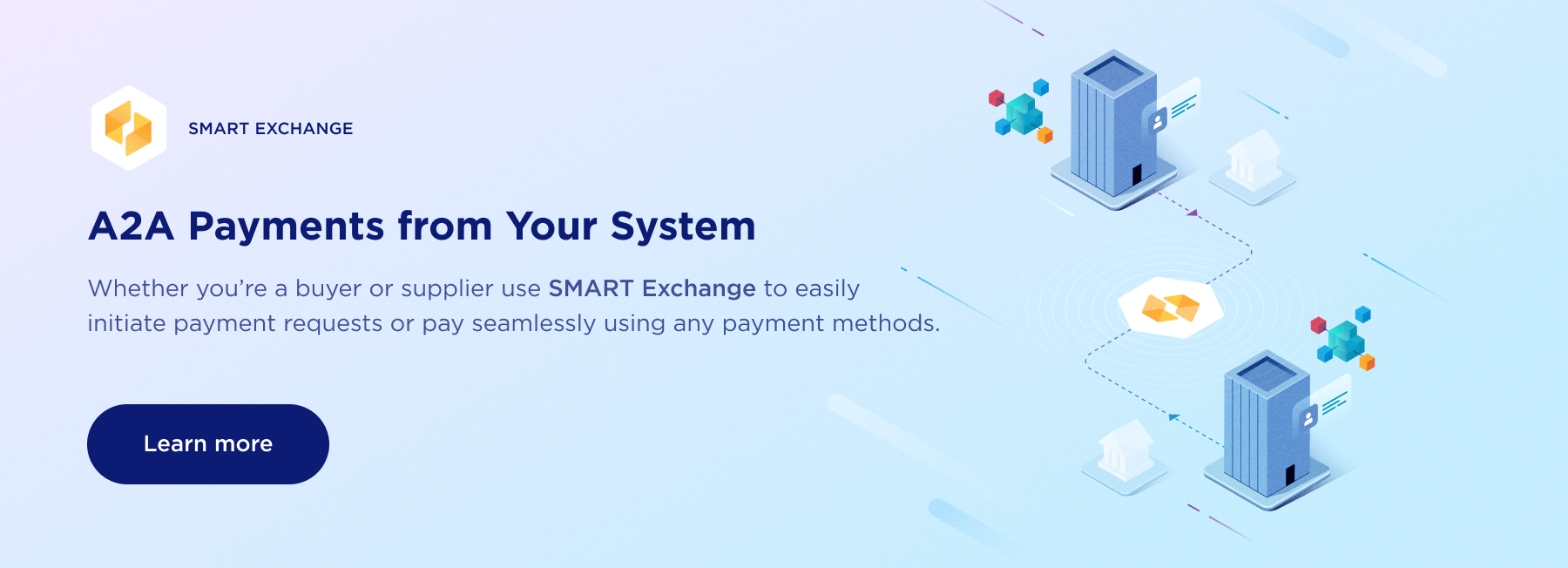If it is taking longer for your business to get paid, your invoicing process may be to blame.
Billing errors are exacerbating the cashflow disruption caused by the economic fallout of the pandemic. Many late payments and customer disputes can be directly traced to billing errors.
Eliminating Billing Errors for Business Payments
In fact, one-third of financial managers surveyed by fintech MSTS believe that errors in invoicing and billing statements are negatively impacting their business’ Day’s Sales Outstanding (DSO) – the average number of days it takes a business to receive payment from its customers after a sale.
Errors in invoicing and billing statements invariably lead to late payments. After all, no customer is going to pay an inaccurate invoice. But resolving a customer dispute can take weeks of back-and-forth e-mails and phone calls as stakeholders try to chase down the right information. No wonder that most financial managers identify resolving customer billing disputes as their top challenge.
The problem is that 94 percent of businesses surveyed manually input at least some invoice or billing information into their accounts receivable systems, greatly increasing the chance of billing errors.
The standalone systems that most businesses rely on to conduct business with customers are largely to blame. Each of these systems may have their own logins and passwords, account requirements, file formats, and proprietary integrations.
The result is lots of siloes that result in manual keying, incomplete or inaccurate data, and lots of time wasted chasing down information and shuffling paper.
Consider the portals that many businesses have deployed to transact data.
Making matters worse, 18 percent of businesses still bill their customers using paper invoices, which are significantly more likely to contain errors than machine-generated electronic invoices.
For example, 27 percent of businesses must manage unique invoicing and billing requirements for most of their customers. Keeping those invoicing requirements straight is burdensome and error prone.
And 25 percent of businesses receive most of their customer payments via paper check, which are often processed manually, creating more opportunities for keying errors that result in delays.
How Account-to-Account Automation Reduces DSO
Gaps in cashflow – such as those caused by late payments – can stunt or prevent growth.
That is why more businesses are investigating account-to-account (A2A) automation solutions.
A2A automation reduces the billing errors that drive up DSO. It accomplishes the by combining:
- Payment processing via the Real-Time Payment (RTP) network and other modalities
- Accounts payable and accounts receivable invoicing
- Enterprise resource planning (ERP) integration
- Payment services
The RTP network facilitates the immediate transmission and settlement of payments and the exchange of standardized and enhanced remittance data. Invoicing capabilities enable suppliers to instantly present invoices electronically 24/7/365 for initial or recurring bills via a customer’s preferred online or mobile banking channel.
Invoices are automatically generated with data directly from the supplier’s ERP application, reducing the possibility of invoicing or statement errors.
ERP integration connects buyers and sellers and facilitates the exchange of data without the need for error-prone keying. And the real-time data exchange streamlines payment and invoice reconciliation.
For applications where cash or checks are paid upon delivery, an electronic invoice can be instantly presented to a retailer via an A2A solution.
- How A2A works in practice
The retailer can use a mobile device to instantly approve the invoice, triggering a request for payment from the distributor’s bank to the retailer’s bank. An RTP transaction is then initiated and the payment is instantly confirmed, received, and reconciled.
Presenting invoices electronically via an A2A solution enables suppliers to spend less time logging into buyer portals and managing the inevitable customer disputes caused by invoicing errors.
Generating invoices electronically can significantly reduce a supplier’s DSO.
The operational disruption and economic downturn caused by the pandemic has resulted in more businesses rethinking their approach to accounts receivable and its underlying cost structure. If your business is looking for ways to accelerate its cashflow, Transcard wants to speak with you.





